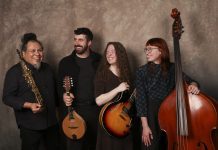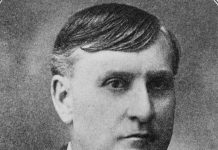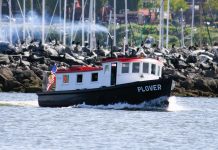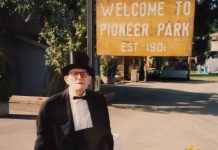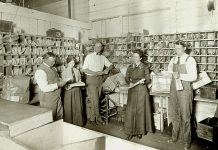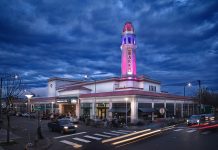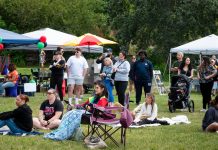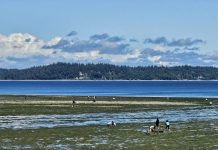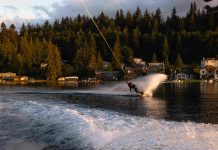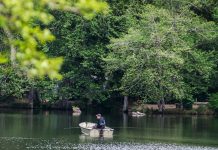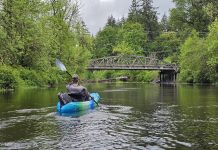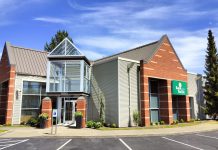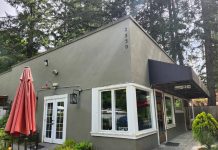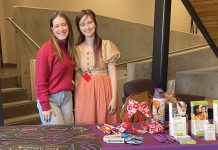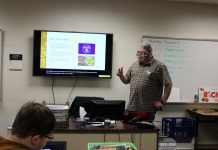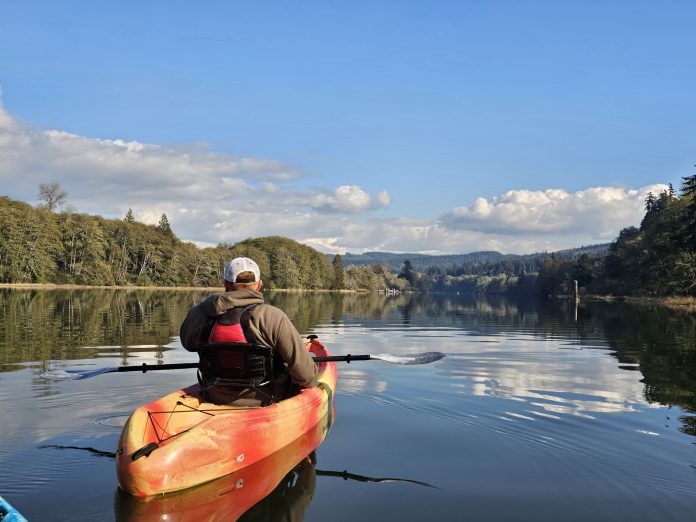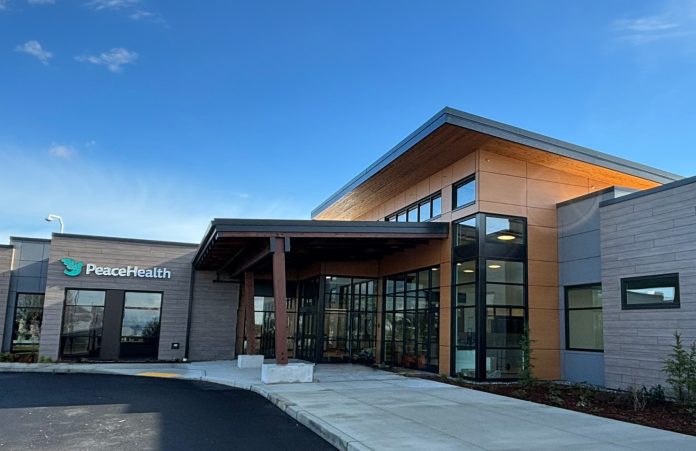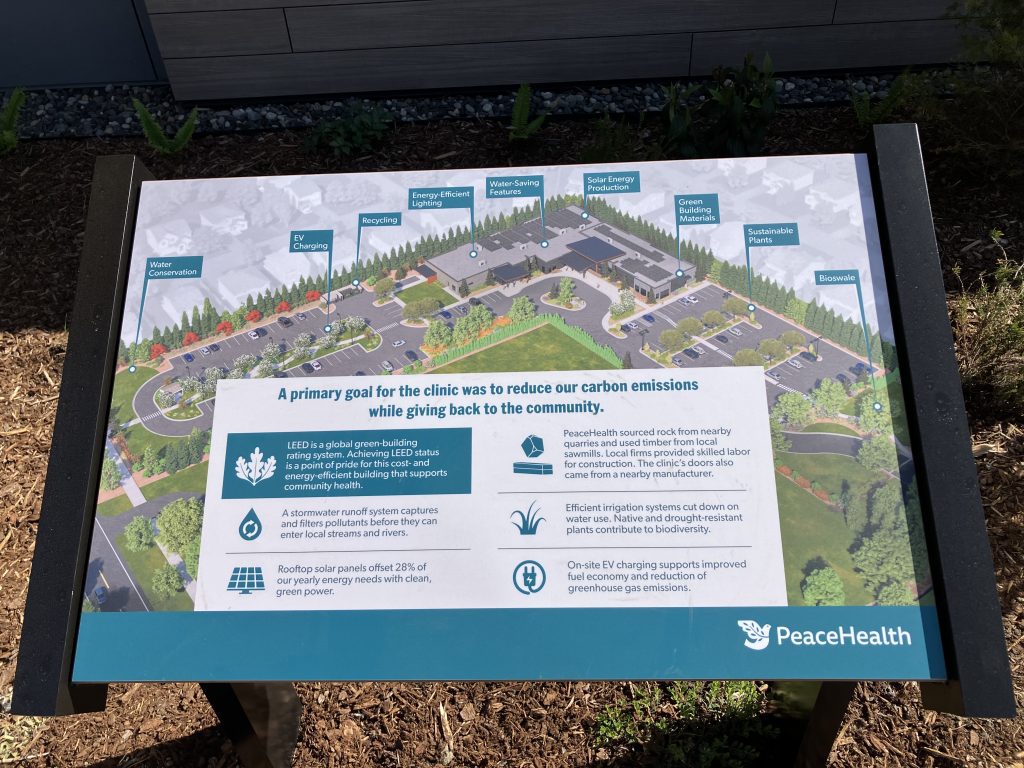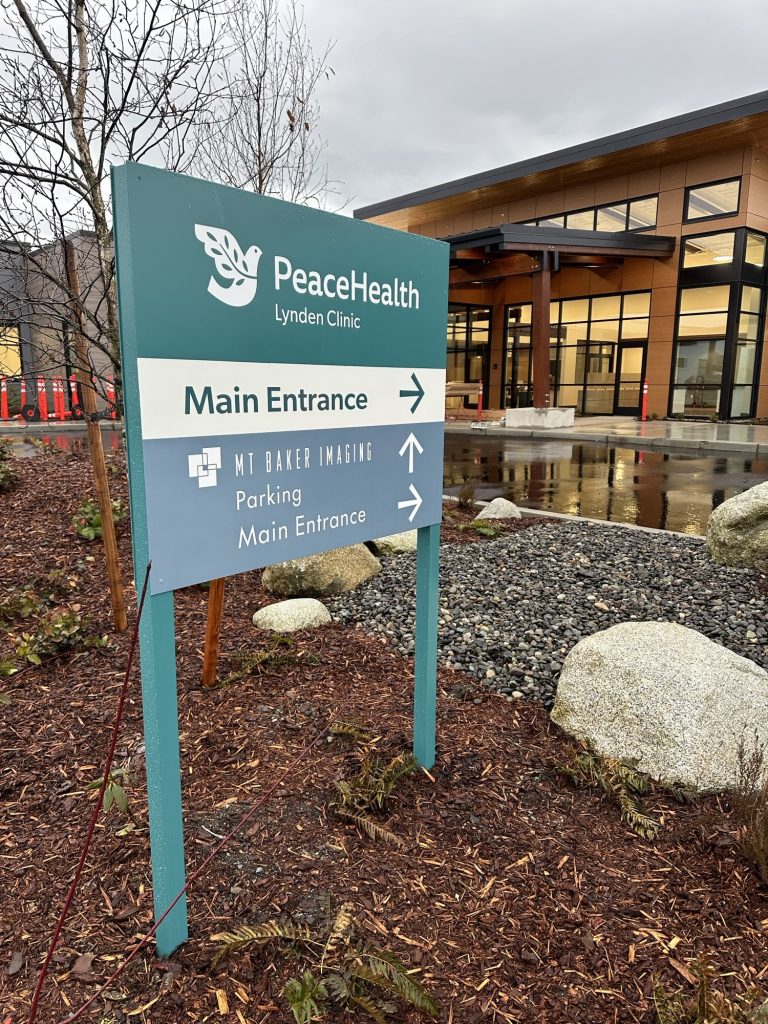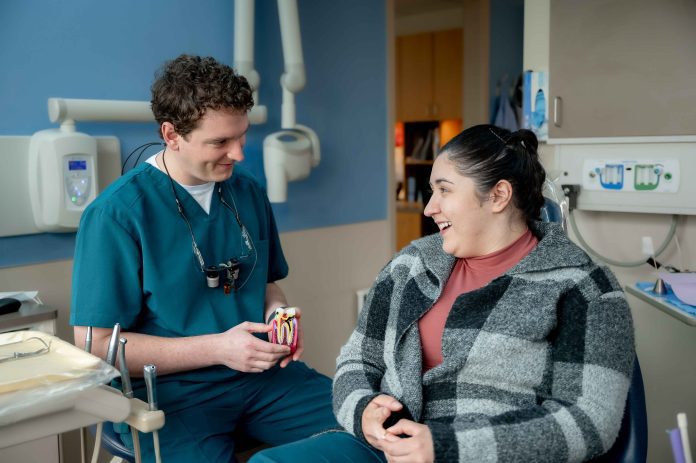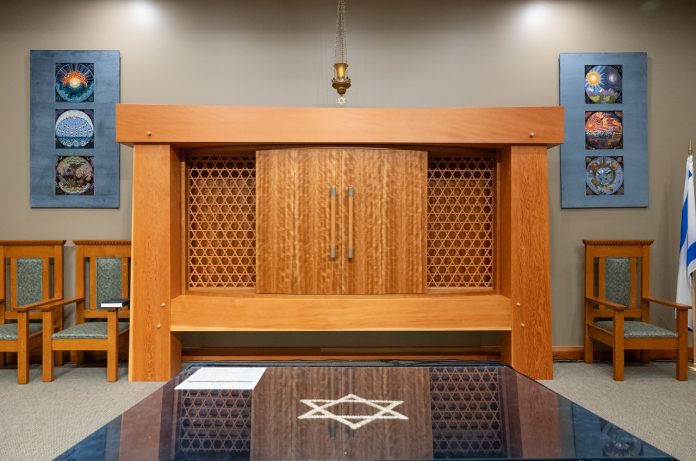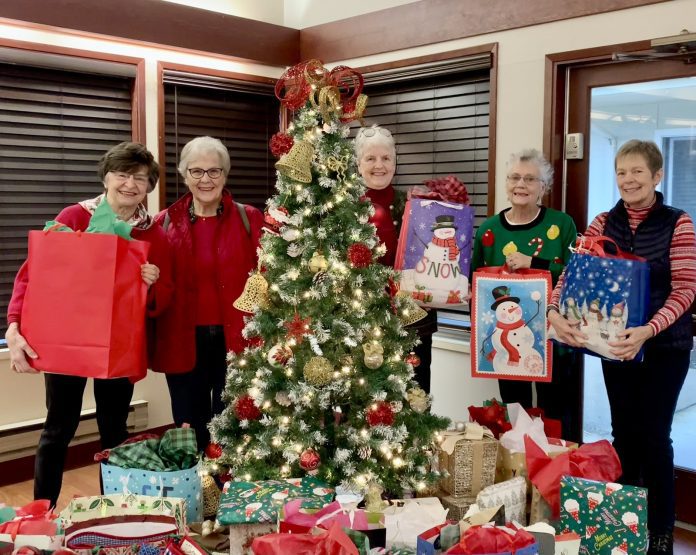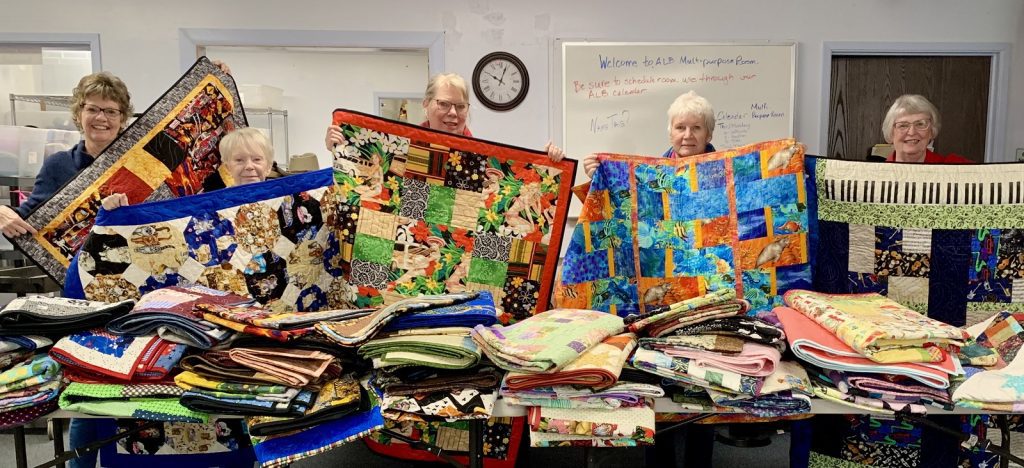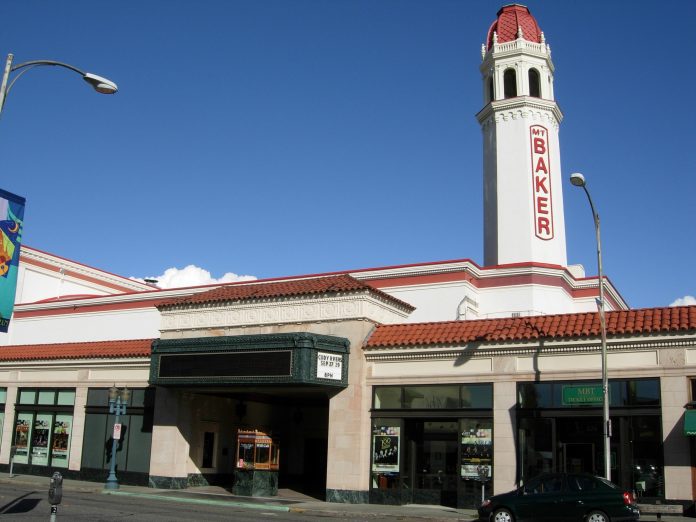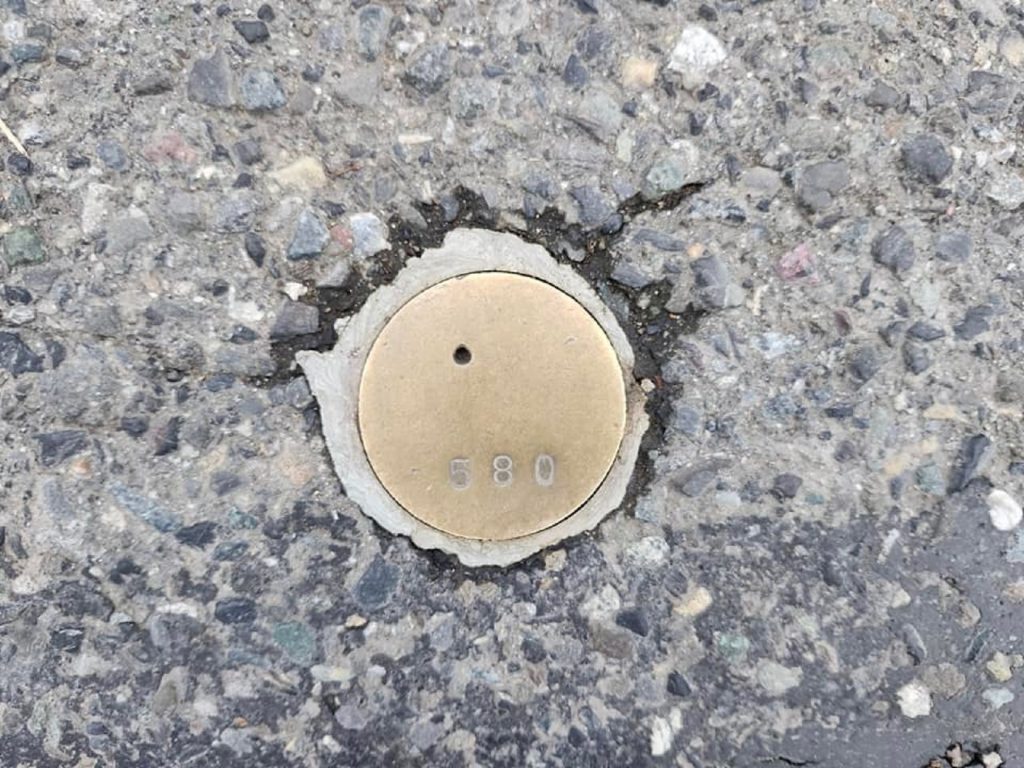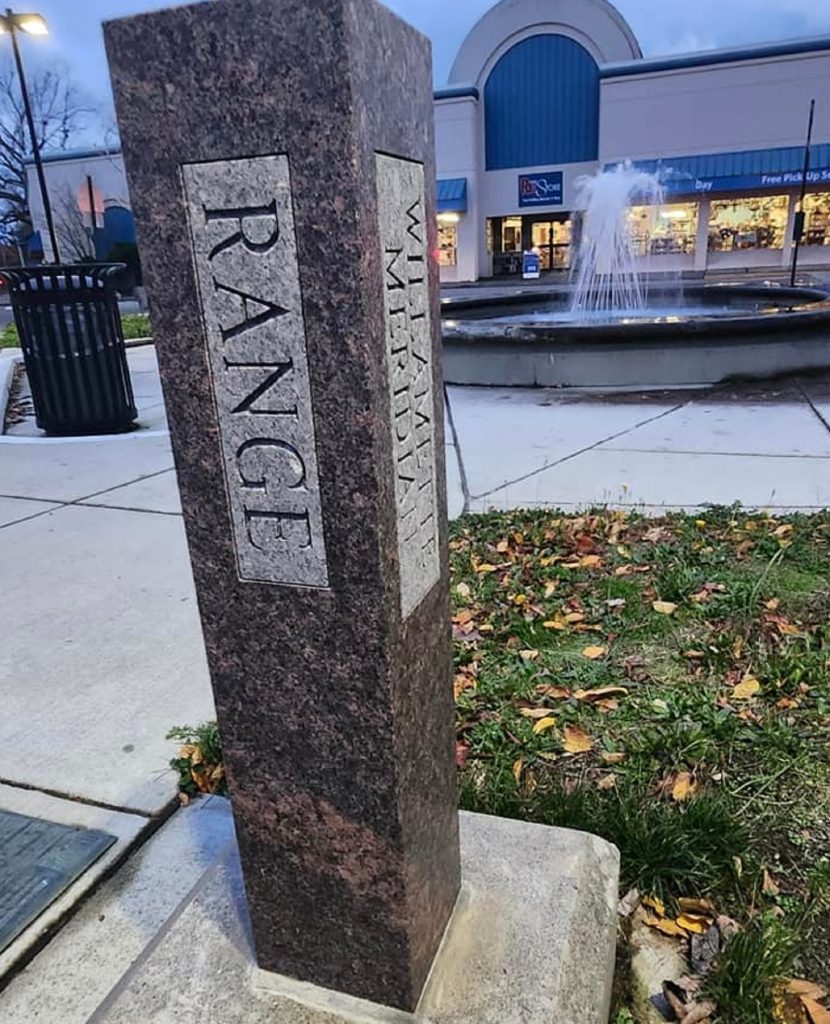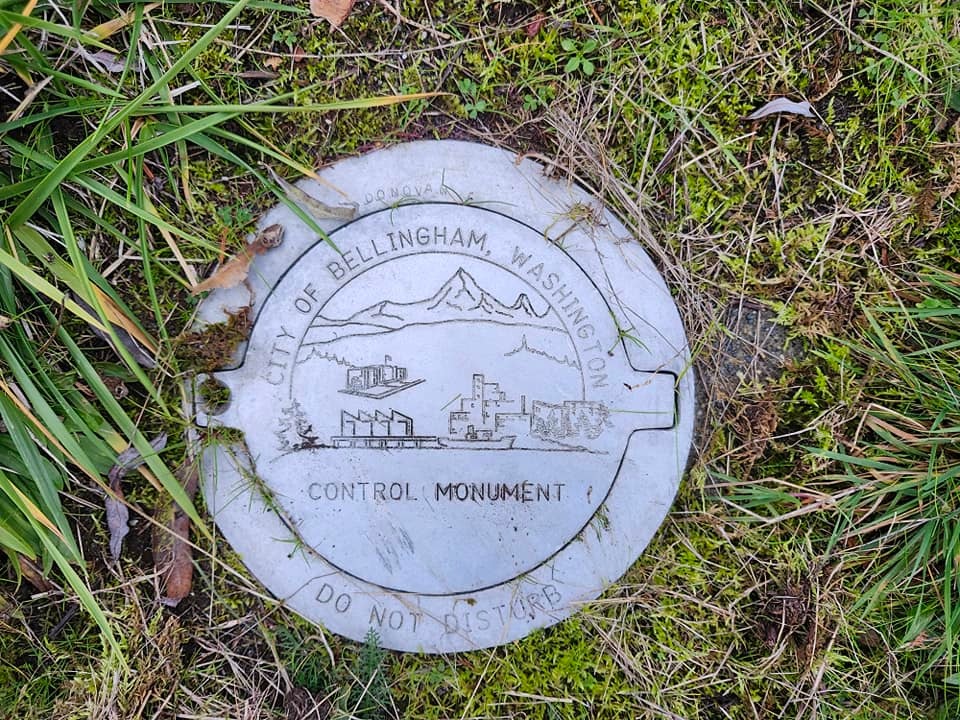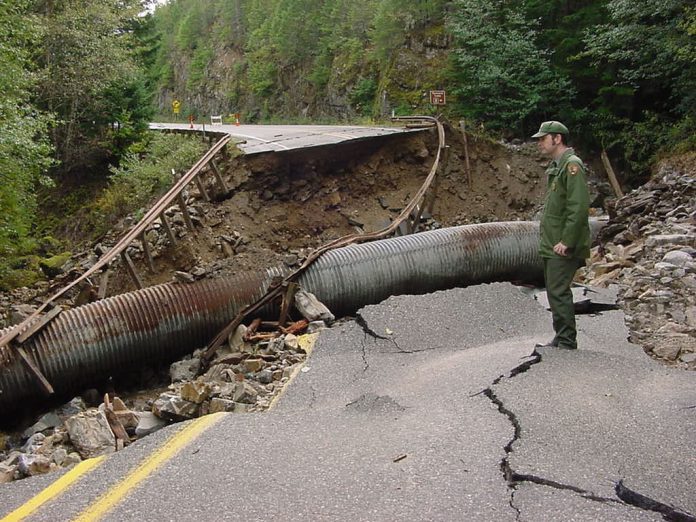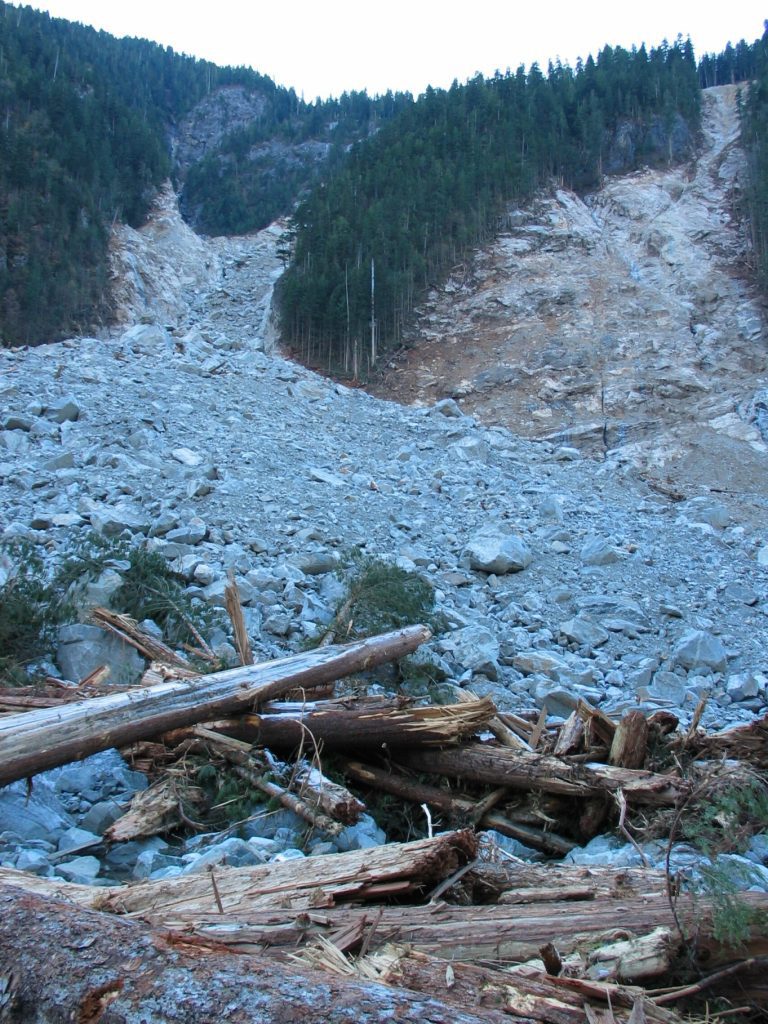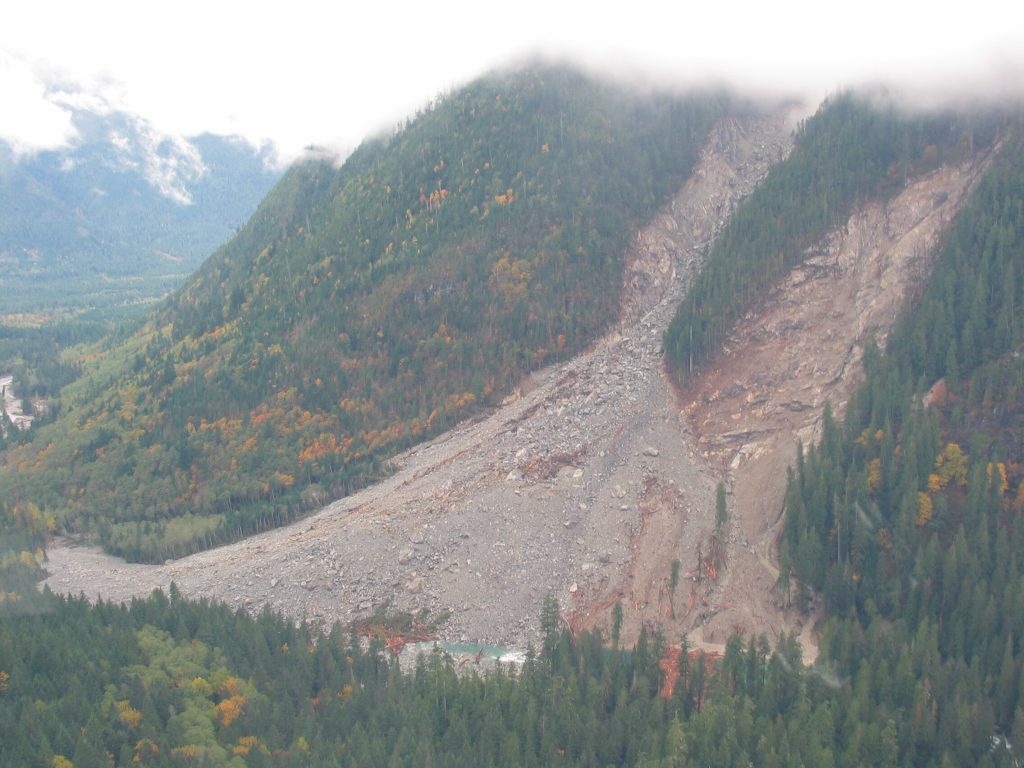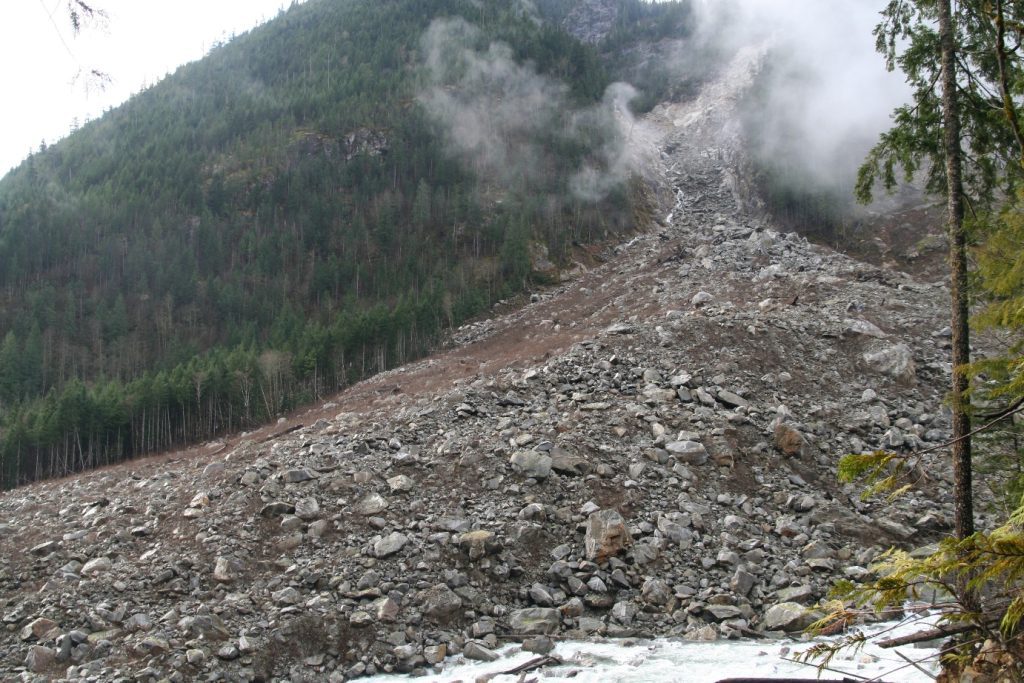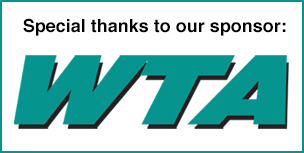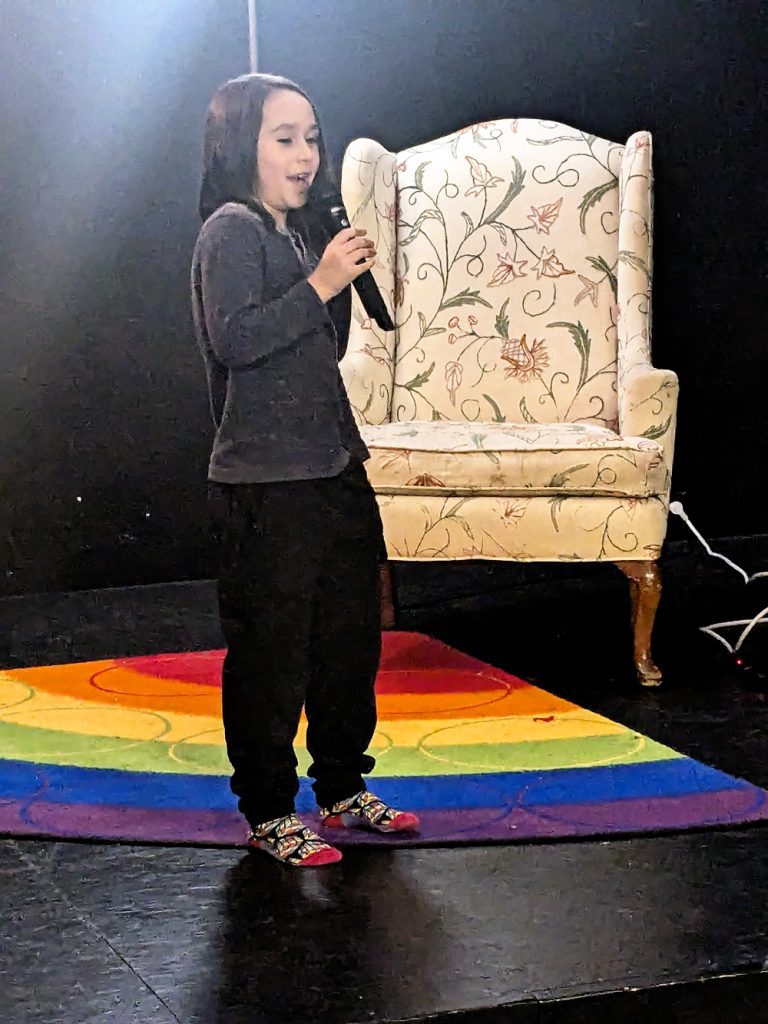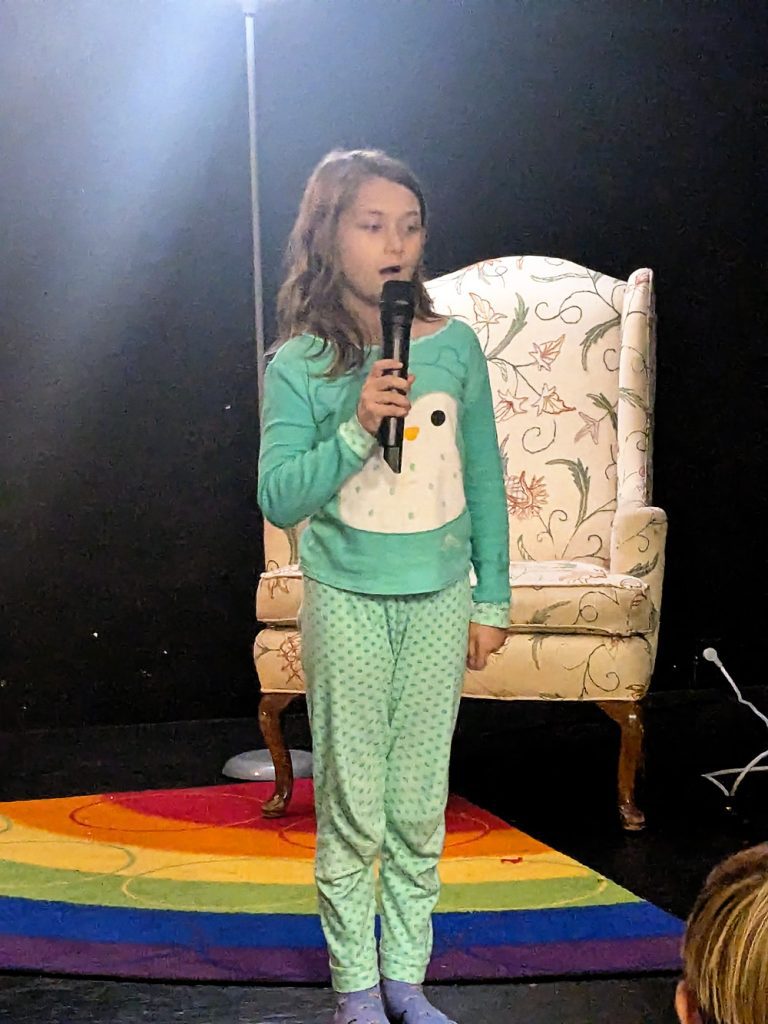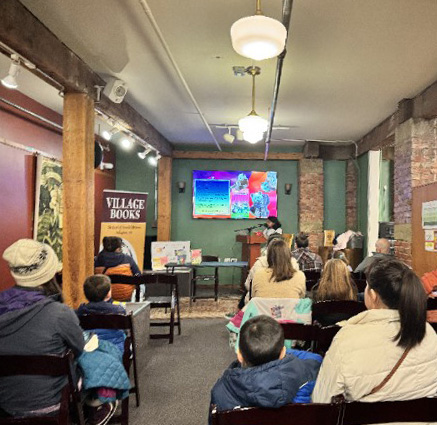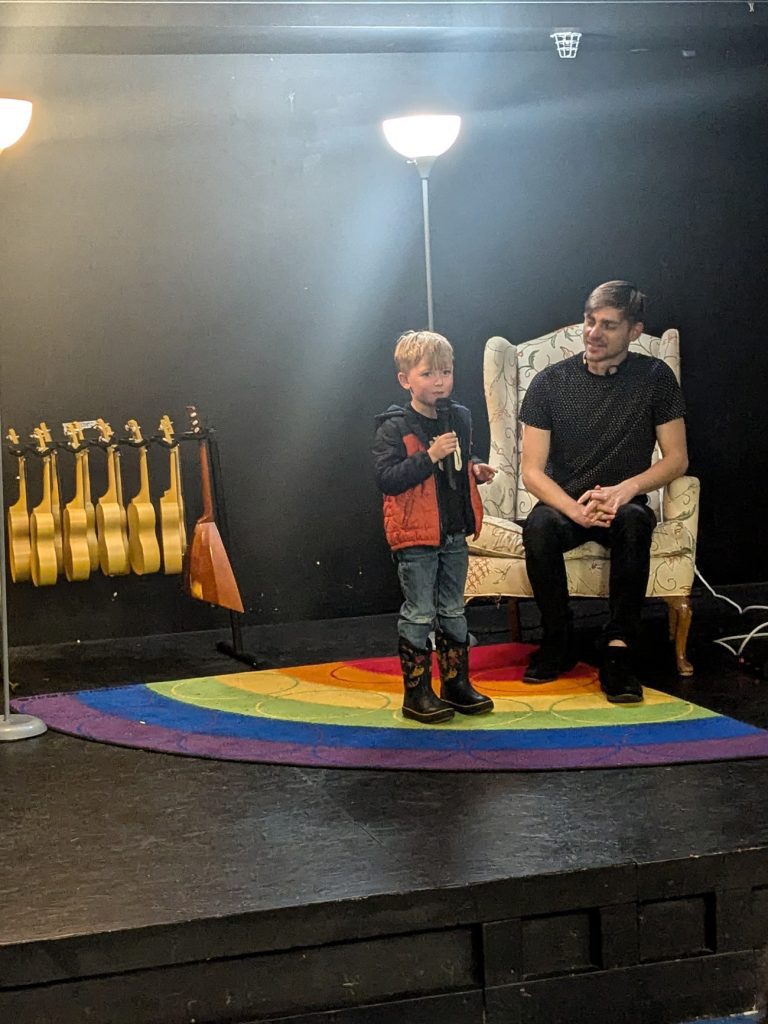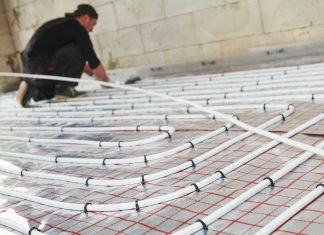Imagine paddling out on glassy waters, green foliage as far as the eye can see. Friend’s Landing will get you unplugged and back to nature with its stunning scenery and recreational opportunities. It’s the perfect spot for kayaking the Chehalis River. Spend a couple of hours or a weekend exploring Preachers Slough by kayak. While not for beginners due to the cold water and shifting tides, experienced kayakers will enjoy this unique paddle.
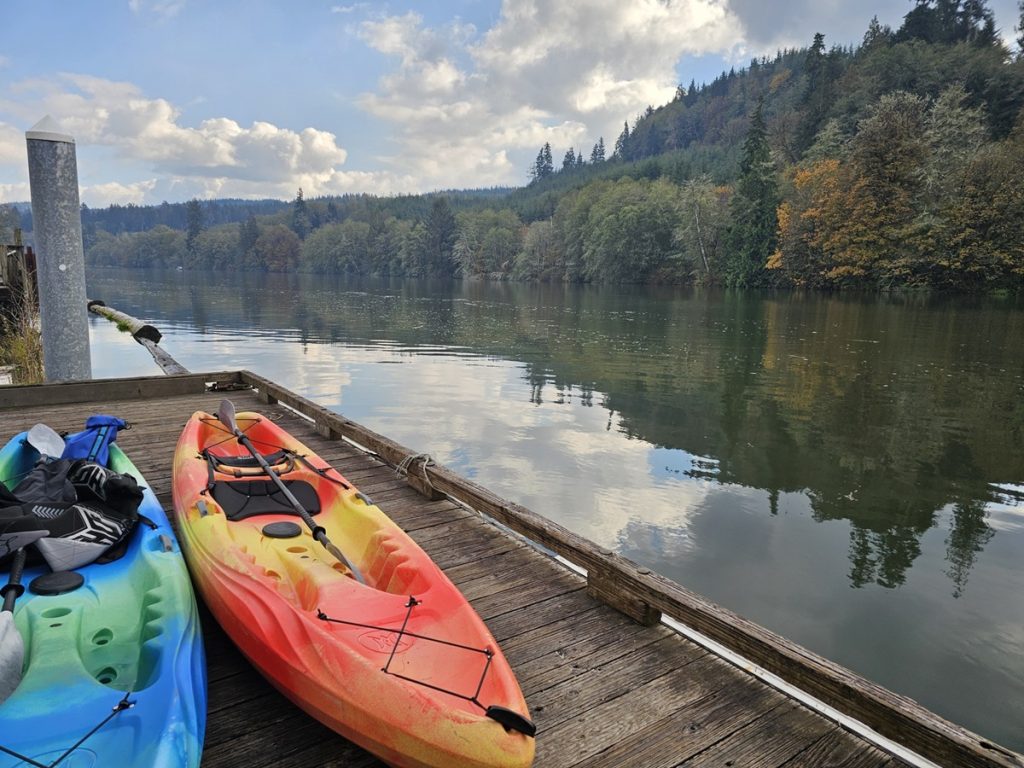
Kayaking the Chehalis River at Friend’s Landing
Friend’s Landing has a boat launch and campground docks. We found the easiest place to put in the kayaks is the Boat Launch; you can drive right up to it! The dock is a bit high out of the water for kayaks or other man-powered water vessels, like Stand Up Paddleboards, making it a bit more difficult to launch from.
Timing is everything! The Boat Launch allows people to launch at any tide, however, if you are looking for the easiest put-in, we found starting and ending your Chehalis River kayak adventure at high tides the most relaxing. We put in about 30 minutes before high tide.
Once in the water, we headed down the Chehalis River, about .25 of a mile, to a left turn that heads south into Preachers Slough, an area rich in history and wildlife.
In case you didn’t know, a slough is a shallow lake system or swamp that is usually the backwater to a larger body of water, in this case, the Chehalis River. We explored Preachers Slough for about an hour before backtracking up the Chehalis River to the Boat Launch for takeout. With so much to see, the 1.5 hours flew by, and we will definitely be exploring more of the area on another trip!
Kayaking tip: Remember to keep an eye on tides and weather! Especially if you are kayaking in the winter and spring when the weather can change quickly.
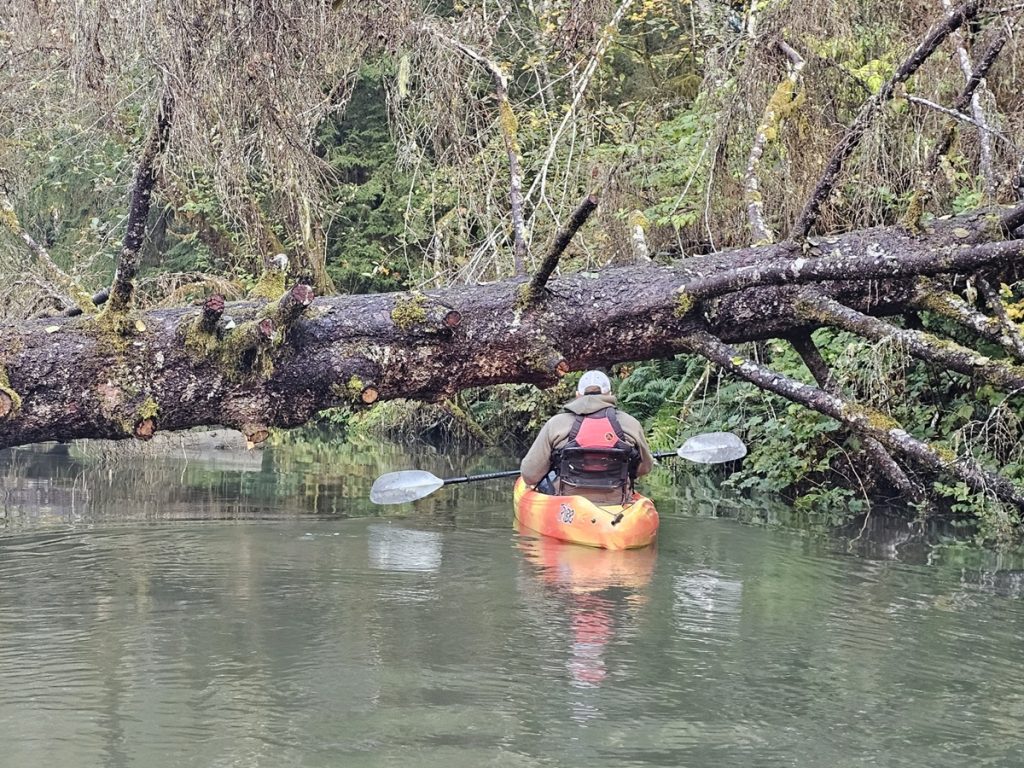
Visiting Friend’s Landing
One hundred and fifty-two acres of outdoor recreation fun await you at Friend’s Landing, just outside Montesano, Washington, on your way to the coast.
Bring your lunch, as Friend’s Landing has picnic areas a short walk from the Boat Launch and porta-potties nearby. You can even reserve a picnic shelter for free if you are having a celebration. To do so, call 360.861.8864. Bathrooms by the picnic area have showers. There is also a playground for the kids!
After kayaking, you can explore the many trails on foot or via bike in Preachers Slough and around Lake Quigg.
You can also fish at Friend’s Landing in Lake Quigg. Non-motorized boats only! There is year-round fishing for sturgeon and seasonally for salmon. Be sure you have the correct permits and follow the Washington Department of Fish and Wildlife fishing regulations.
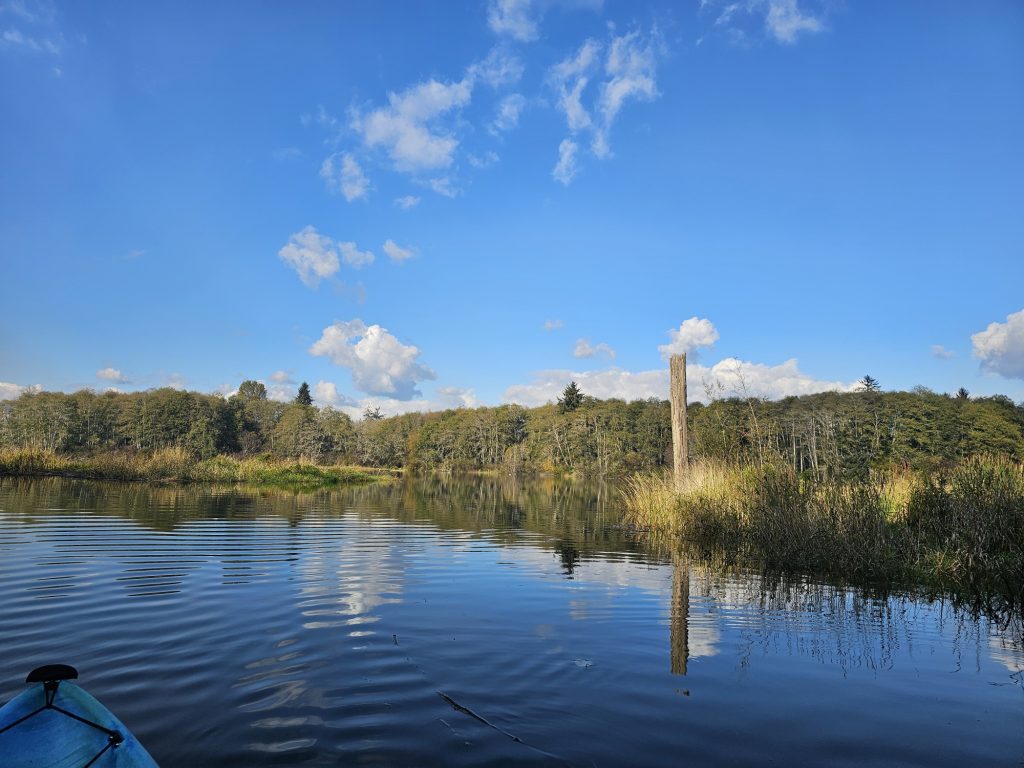
Kayaking in Grays Harbor: Camp at Friend’s Landing
When it’s time for some rest, Friend’s Landing has tent and RV camping. There are ten tent sites with water available and 18 RV sites with electric and water hookups. You make your camping reservations online, so you don’t have to worry about the camp being full when you get there!
The campgrounds do close seasonally. If you are looking for a place to stay near Friend’s Landing during a winter kayak adventure, check out The Hubble House Inn in Montesano. They offer local wine, beer and a continental breakfast. A library full of board games, including rare ones you may have never seen, welcomes you to spend your evening storming the tower or trying to get that triple-word score. Just 4.3 miles from Friend’s Landing, it’s the perfect spot to rest up for the next day’s paddle.
Kayaking the Chehalis River in Grays Harbor is the perfect day or weekend escape from those screens. It gets out into nature without a lot of hassle or planning. Just make your camping or Inn reservation and go. See you on the waters!
Sponsored





